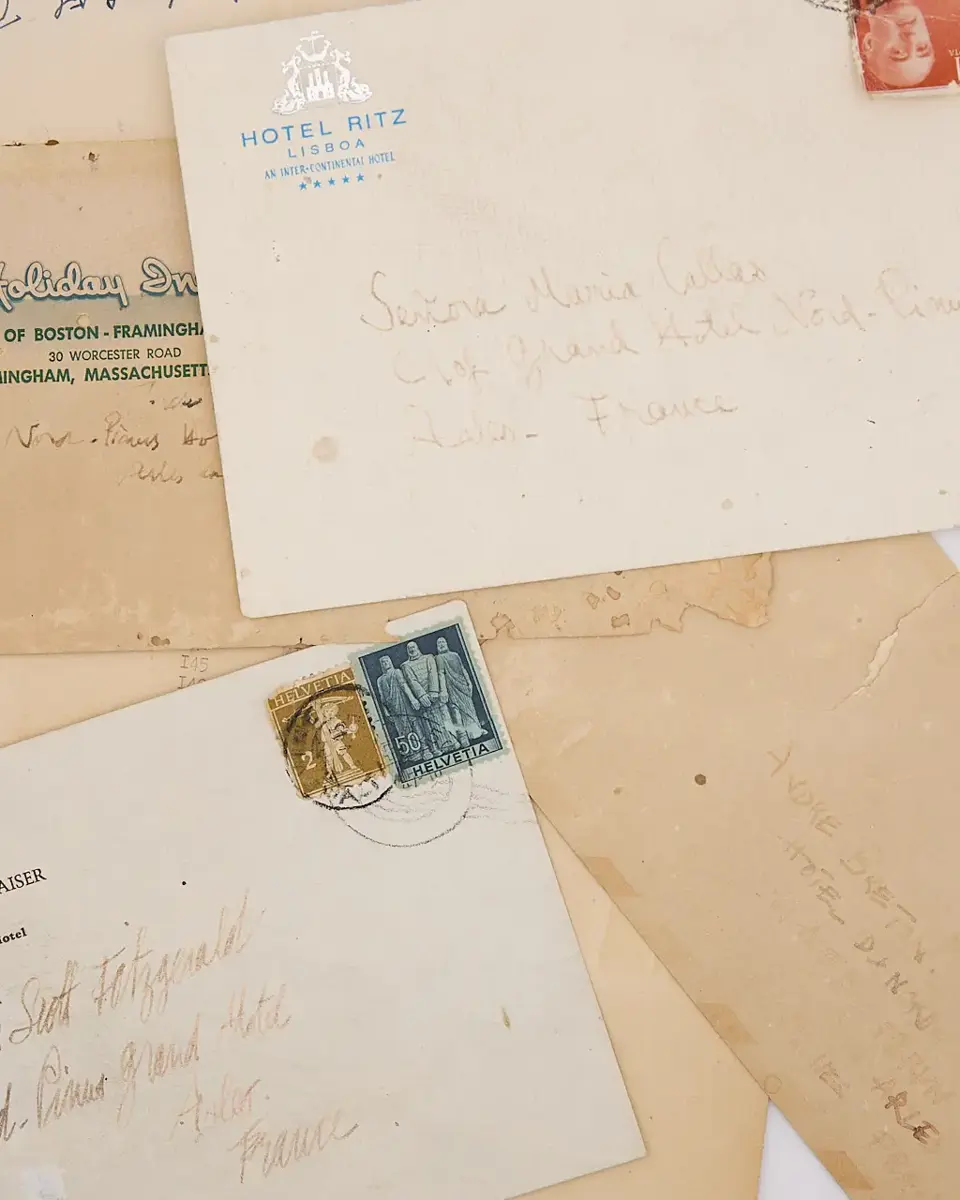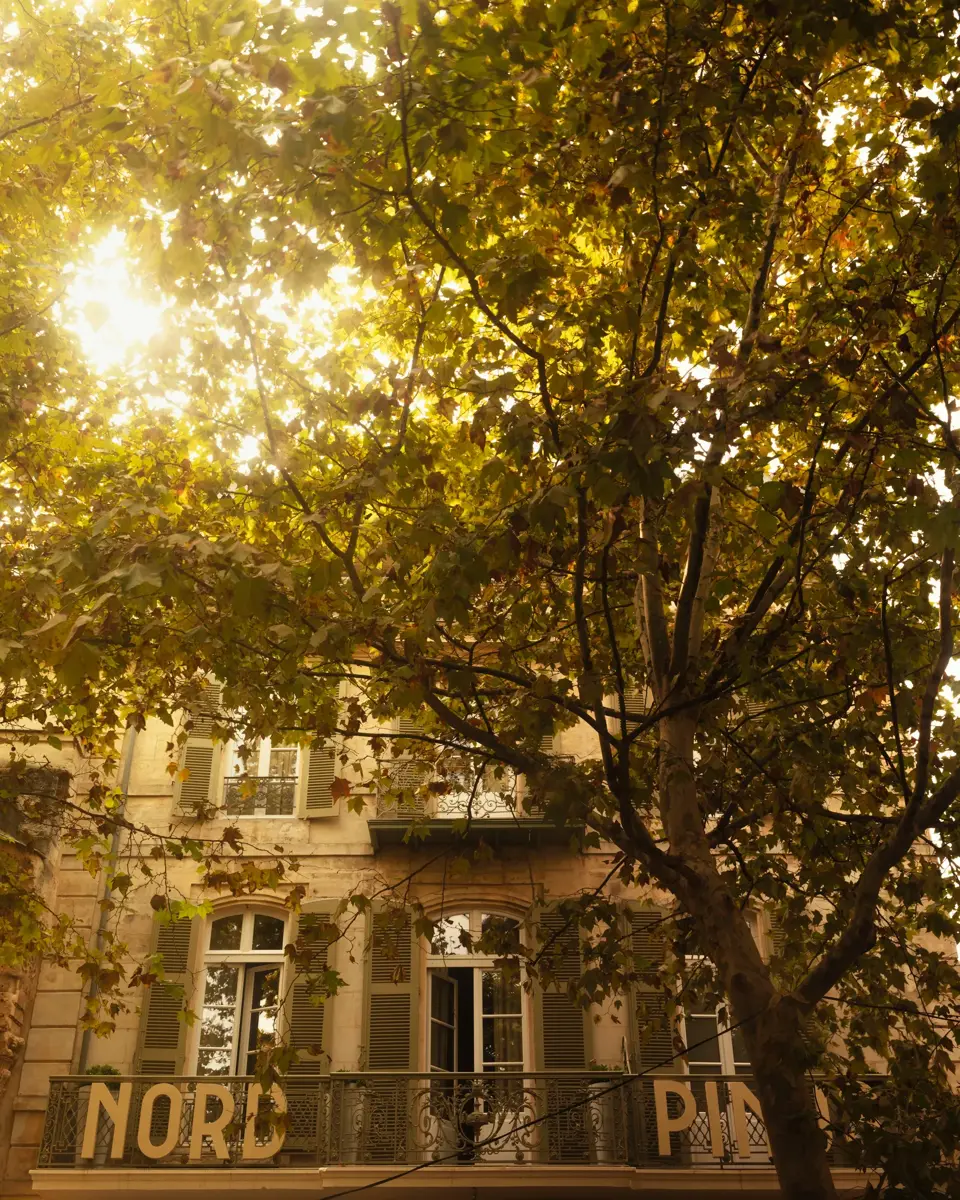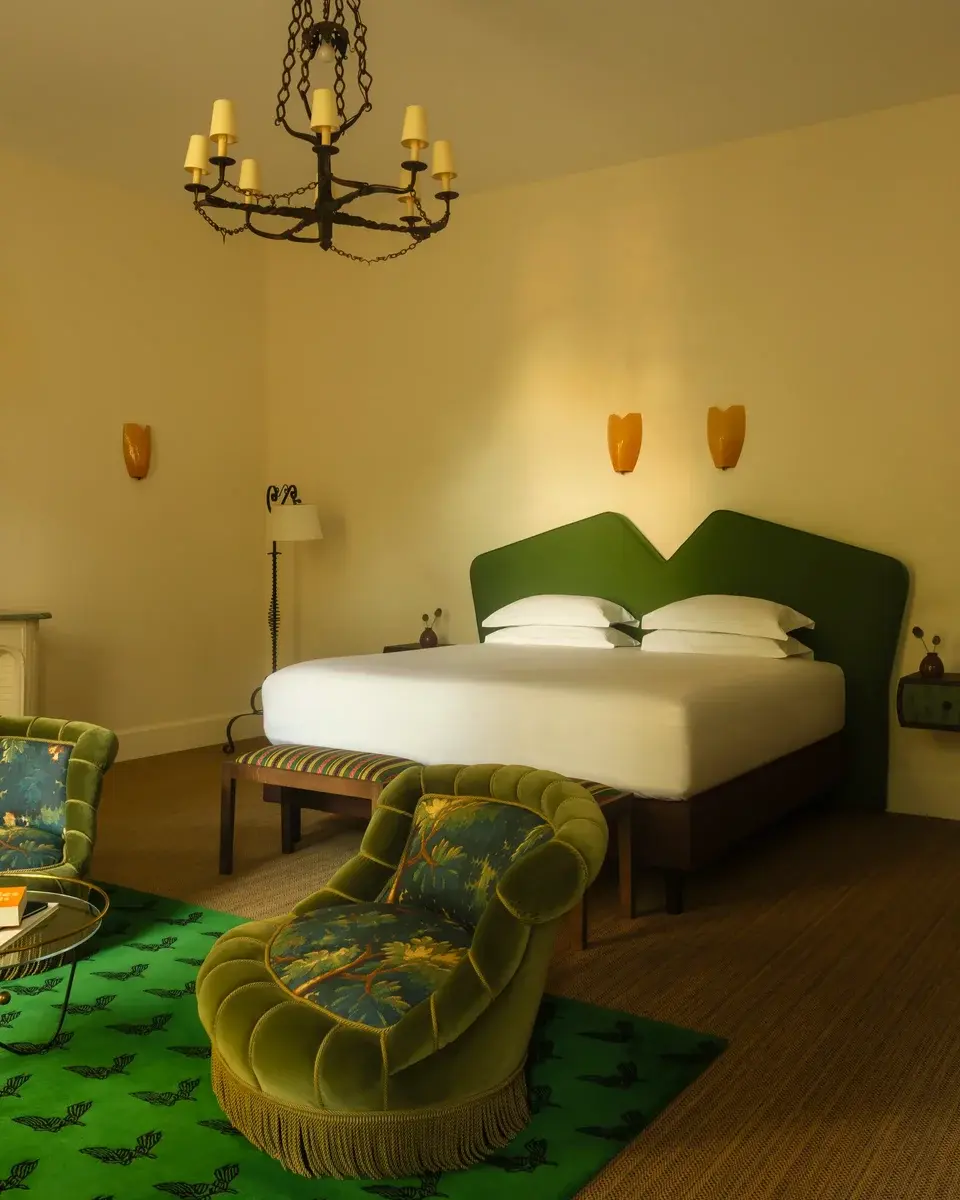After a dormant period, the Grand Hôtel Nord-Pinus reopened in 1989 under Anne Igou. Very soon, she was joined by a silent partner, Maja Hoffmann — long based in Arles and the Camargue, and an influential patron of contemporary art. Nord-Pinus marked the starting point of her involvement in Arlesian hotels. Fashion designer Christian Lacroix opened his first boutique in a corner room of the hotel; photographer Peter Beard spent a winter here, leaving his handwritten traces on the lobby walls; Peter Lindbergh made it his base in Arles. The expansion of the Rencontres internationales de la photographie played a decisive role in enhancing the hotel’s reputation, ensuring the presence of renowned photographers and their entourage every July.
Following Anne Igou’s departure, Maja Hoffmann planned to restore the failing infrastructure, reinforcing the hotel’s foundations and amenities to ensure its future and breathe new life into it, in line with the spirit — as one of the corner stones — of Les Maisons d’Arles she is developing.
For this revitalization, she turned to designer and curator Duro Olowu, a cosmopolitan world traveler and occasional guest at the hotel.
His mission: to optimize the ambience and comfort of the rooms and subtly reimagine the reception and public areas. From the outset, Olowu emphasized his desire to “embrace the spirit of a private home” and to “highlight the innate elegance and singular character of the Nord-Pinus,” while respecting its unique history and vital ties to the local community.


